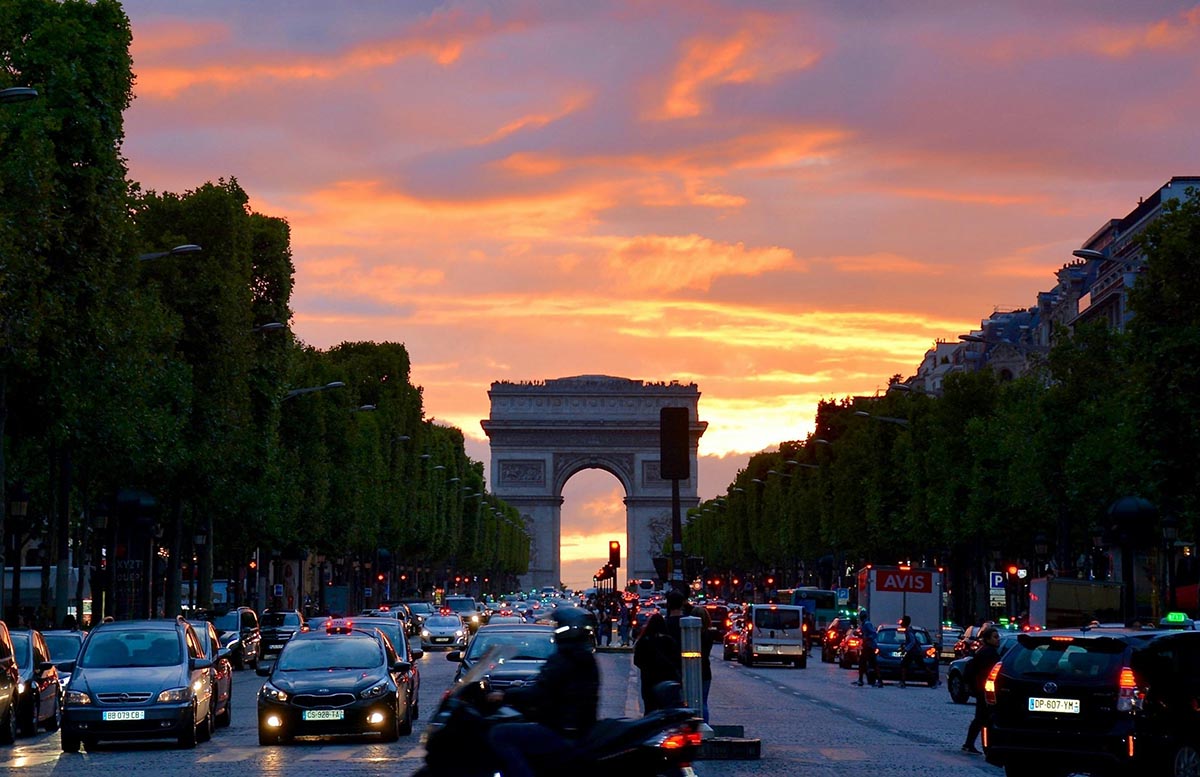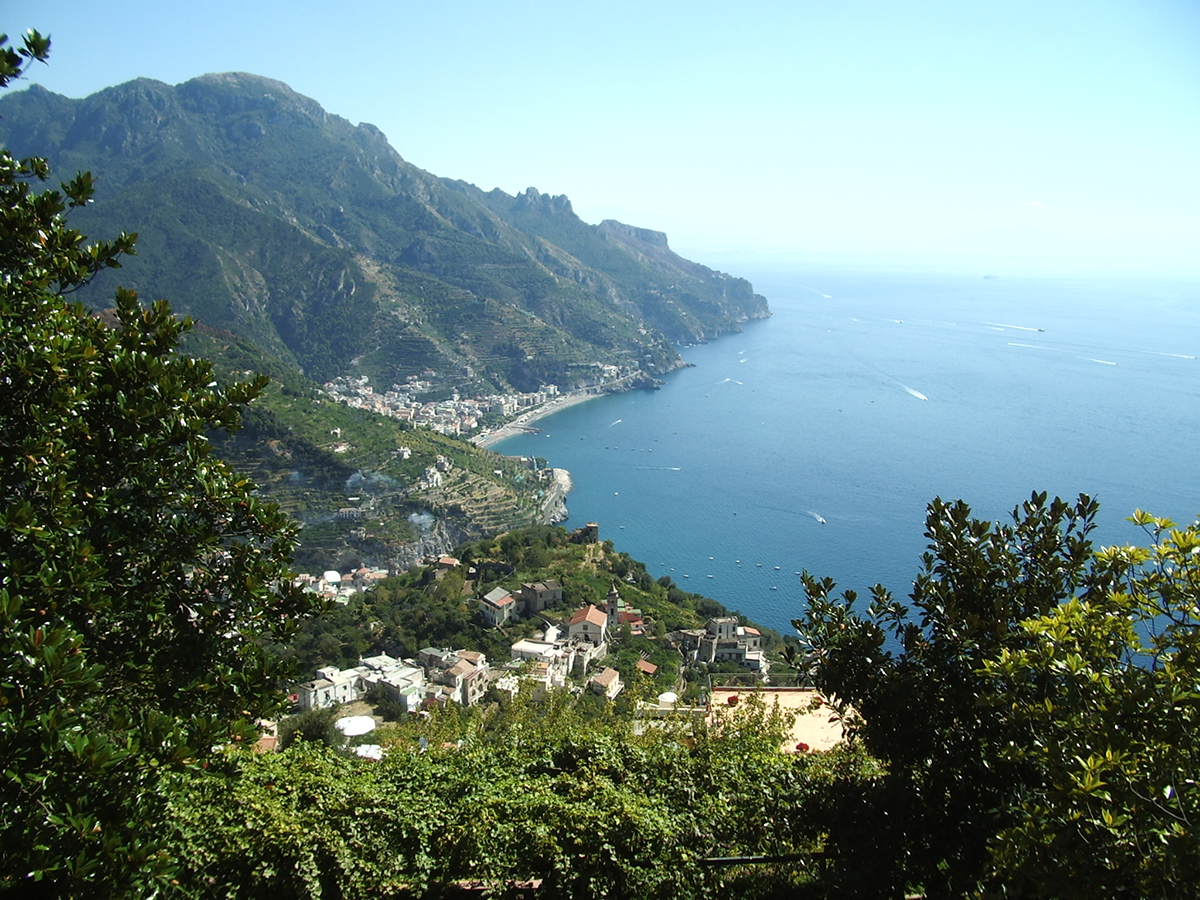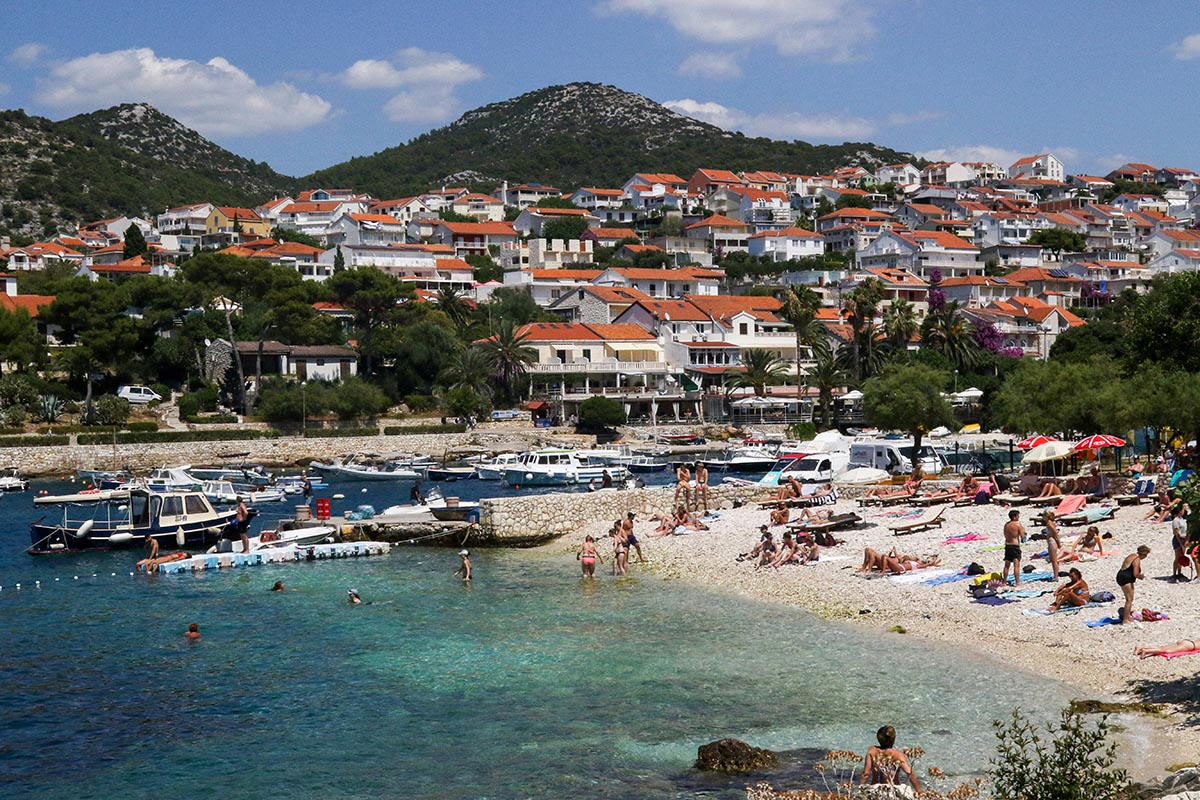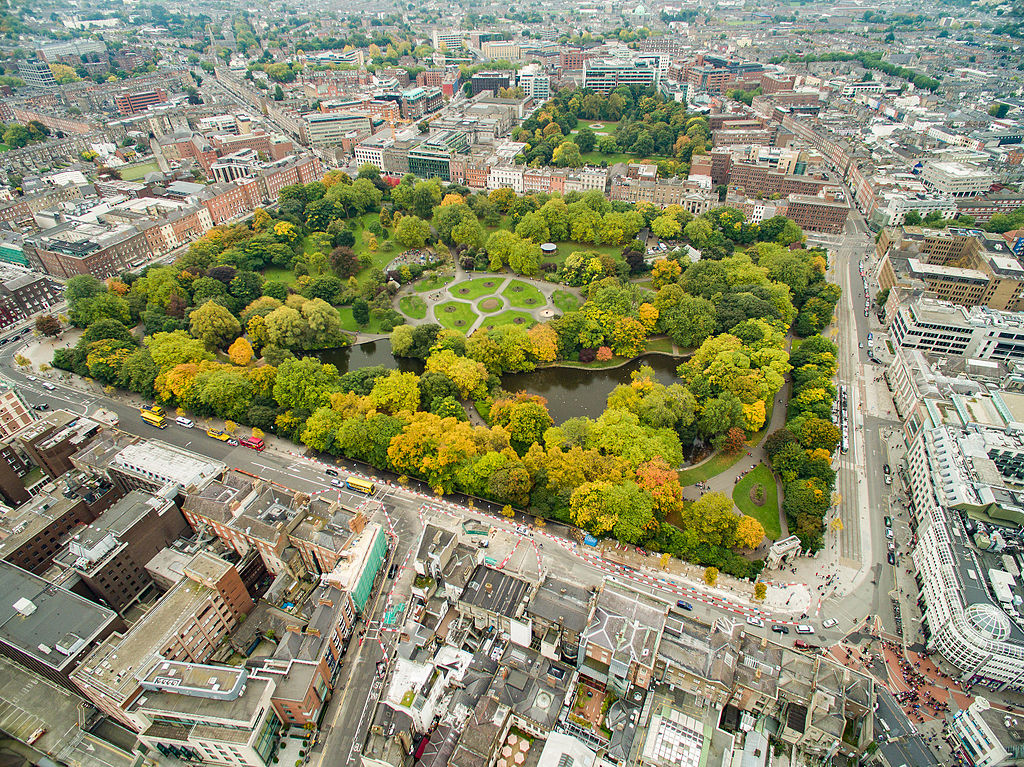Introduction
Imagine this: meandering open roads, idyllic charm of the European outskirts, and something wild inside your head. Honestly, there is something wildly crazy about that. But the dream can soon become a nightmare if you do not prepare for accidents or know all the safety measures one needs to stay safe on the road.
Europe via car is an adventure of a lifetime. However, you must understand that open roads are not always safe. Therefore, having access to features such as hidden car tracking, distress signals, and other preventative measures is essential.
In this article, we will examine those aspects. Aspects that can make a drive feel more organic and better. Therefore, follow along to learn how you can take that most-awaited trip across Europe.
Here we go!
Renting A Car For That European Road Trip
The first problem that you need to solve is to get the right kind of car. Now, you could choose to take your vehicle. However, we would suggest that it will be a bigger hassle, and that is not worth it. Here are some of the points you need to understand:
As an American, you could easily pass through with your native license. However, there can be some problems since some countries are still deciding their stance. Therefore, it is important to understand the regulations. Accordingly, formulate a route map.
To legally rent a car to drive across Europe, you must be between the ages of 25 and 69. However, if you do not fall inside that bracket, you can still get it approved, but you just need to do a bit more research.
Typically, rental cars come with liability insurance. However, damages like theft and accidents are not covered under these. Therefore, we suggest that you get a collision damage waiver as well.
Read the rental agreement properly so that you can understand the restrictions that a rental company might impose on a rental car. Therefore, understand the agreement as clearly as possible. Otherwise, you might be facing a breach of contract, and that can be quite difficult to handle.
Driving Tips For Europe
Now that we have clarified the right means of renting that perfect car for you. We can finally get to the meat of things and look at some of the driving tips that can help you cross European borders and go on a once-in-a-lifetime adventure. Therefore, follow along without wasting a minute more. Let’s go!
#1 Stay On The Right
Drivers who have experience driving on three-lane roads tend to drive on the middle lane. This is to avoid both the fast-moving and slow-moving traffic. However, things are quite different in Europe.
Regardless of your speed, cars are expected to remain in the right lane. You are only allowed to drive on the middle lane if you are passing. Therefore, please adjust your driving according to European needs and wants. Otherwise, you can be in a collision or get a ticket.
#2 Look Twice Before Crossing
There is something crazy about European drivers. One moment, you see them as a speck in your rearview mirror. The next second, they are approaching you like Max Verstappen. Therefore, please follow the double-check rule.
The thumb rule is to double-check in a span of five or six seconds. This gap gives you an assessment of how fast a vehicle is approaching. Therefore, follow this exercise before you pass any big vehicle like a 16-wheeler or a trailer.
#3 Proper Usage Of Roundabouts
Roundabouts allow traffic movement. However, you need to understand how you can use them. Otherwise, navigating a roundabout can be quite tricky. The first rule is simple: you do not stop at a roundabout unless you just have to.
The roundabout works on a simple principle. The car that will be getting off immediately needs to be on the outside ring of the roundabout. If you are about to get off at the second exit, then be in the middle, and similarly for the drivers taking the third exit.
#4 Understanding International Road Signs
Road signs are absolutely important when it comes to navigating complicated roads. Therefore, you need to have a clear idea about what it means. Signs are sometimes wildly different from those in North America.
However, they follow a standard pattern across Europe. Therefore, if you manage to understand the signs of one European country, you can do this for other countries as well. Thus, sit down and look at the regulations of
The Wrap!
In the end, taking a drive across Europe is quite daunting but fun. However, you need to understand that open roads can be quite difficult to navigate. However, if you know the right way to go about, then you will be safe. Therefore, be informed, follow the pointers we have mentioned, and always ensure that your loved ones know where you are.







